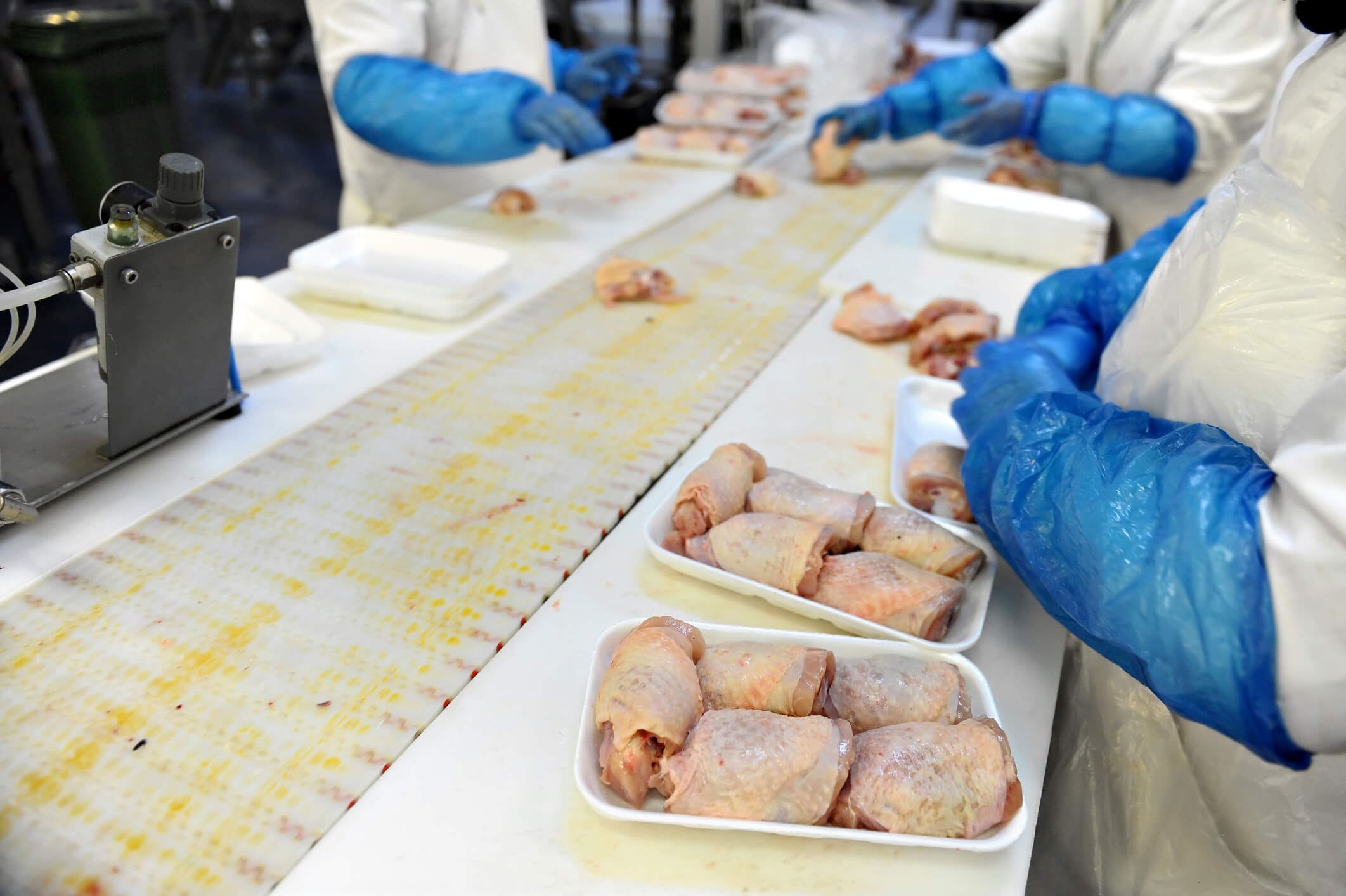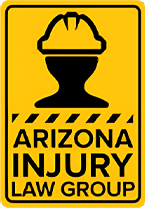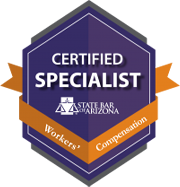Working at Meat Processing Plants Can be Hazardous to Your Health

Working at a meat processing plant can be hazardous when you consider the numerous ways a worker can get injured. There are cutting tools used to separate meat from the bones, cutting up animal carcasses into smaller parts, processing machinery, and more. COVID-19 became a part of injury and death statistics for this year, with 4,913 cases of infection and 20 deaths, according to a report posted on the Centers for Disease Control (CDC) and Prevention website.
The statistics referenced 115 meat and poultry processing plants across 19 states and 130,000 workers. The report was published on May 1, 2020, which means that there may be higher statistics coming soon since that publishing date. The Smithfield pork factory plant in Sioux Falls, South Dakota, had over 640 cases at its plant by April of 2020.

Contagious infections are always a problem when working closely on a processing line. One person with the flu (or COVID-19) will likely infect everyone on that line within a day. Such close working parameters require that all workers should wear masks and plastic gloves while working their shifts. Even so, it is not uncommon to see a few workers not wearing their masks on the work line, as shown in the picture at the top of the page here.
CREATING FIRM WORK HEALTH GUIDELINES
If workers do not wear their masks, should they be reported to management? If someone has a medical condition and cannot wear a mask because of breathing problems, should those workers be moved to another job in the building?
In the case of plastic gloves, hand sanitizers should be used on the gloves’ surfaces the same way as when using on bare hands. That is better than not using sanitizer at all. It should, therefore, be officially decided how often on the line should meat (and chicken) processing workers apply sanitizer to keep gloves clean and free of contamination. Once or twice an hour?
Keeping a roll of paper towels handy at each workstation would help to dry off gloves whenever necessary, especially after applying sanitizer. These regulations should come officially from the CDC rather than employers making these decisions.
For workers who cannot wear any kind of skin-fitting face masks, a curved plastic face shield should be provided that would contain any droplets expended during sneezing, yet still, allow enough airflow around the shield to satisfy the worker’s breathing needs.
GETTING THE MESSAGE ACROSS
In any given meat and poultry processing plant, workers speak other languages than English. Any health regulations should be printed in the languages of those plant workers. The Global Center for Health Security recently put out the Meat Processing Facility COVID-19 Playbook which covers many of the environmental issues found in the meat and poultry processing industry.
CDC links to fact sheets for employers and employees are also found in this report. The CDC guide for cleaning and disinfecting facilities is found here while the Occupational Safety and Health Administration (OSHA) guide for environmental cleaning and decontamination is found here.
CONCLUSION
Workers who contract COVID-19 on the job should receive workers’ compensation benefits for the duration of their recovery period. This would allow the appropriate amount of time to fully recover before coming back to work and not worry about bills while off from work. When workers return too soon after any contagious illness, there is more of a likelihood of relapse as well as further contagion in the workplace.
If you need help filing your workers’ compensation claim, call us at once for a free consultation. We are here to help you. 602-346-9009.
Get Help Today
Call Immediately For A Free, No Obligation Consultation And Let Us Help You Put Your Life Back On Track. Let Us Help You
Regain Normalcy And Stability Again. We Want To Help You Get The Benefits You Need And Deserve!


